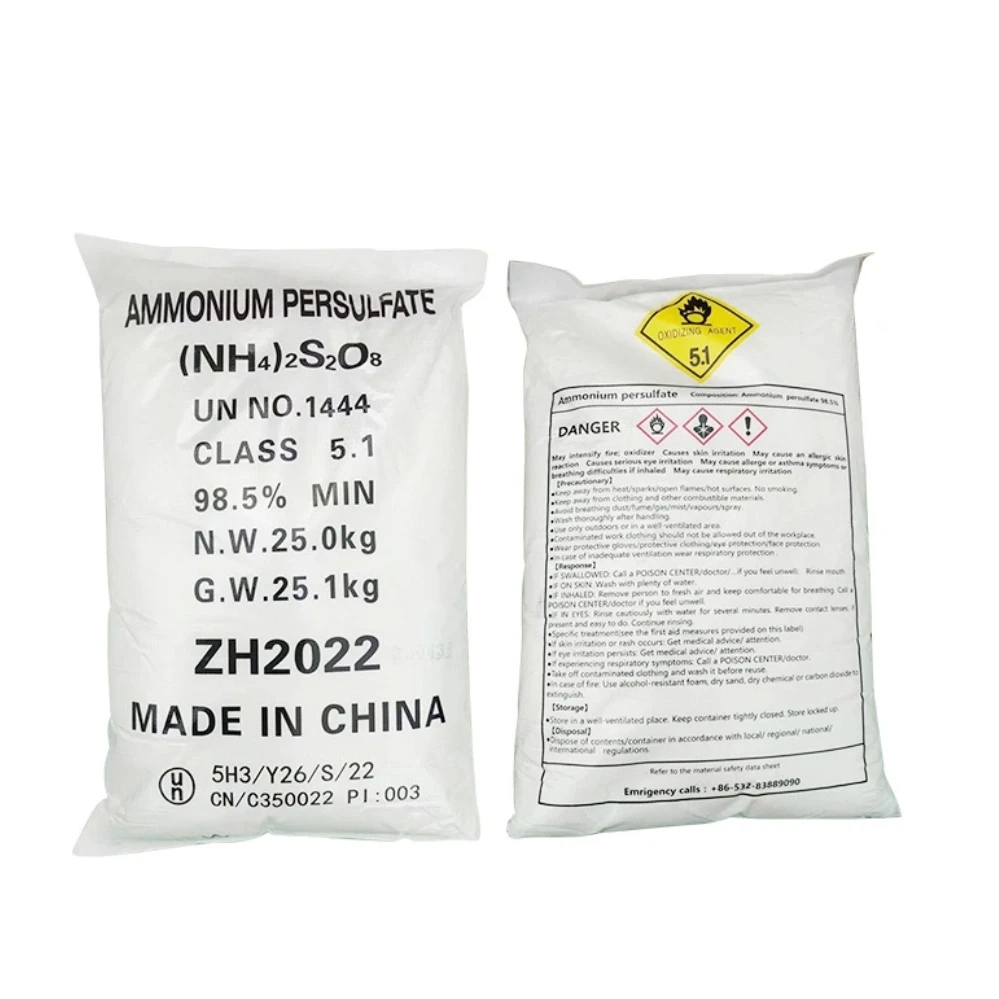



is polyacrylamide safe
Is Polyacrylamide Safe? A Comprehensive Overview
Polyacrylamide is a synthetic polymer that is widely used in various industrial and laboratory applications, ranging from water treatment to cosmetics. Due to its versatile properties, it has gained an important role in many fields. However, concerns about its safety have emerged, especially regarding its toxicity and potential environmental impacts. In this article, we will explore the safety of polyacrylamide, its uses, potential risks, and regulatory considerations.
What is Polyacrylamide?
Polyacrylamide is a polymer formed from acrylamide monomers. It is primarily used as a thickening agent, flocculant, and stabilizing agent in various applications, including paper production, wastewater treatment, and oil recovery. In laboratories, it is often utilized in gel electrophoresis for protein and DNA analysis.
Polyacrylamide can exist in various forms, such as dry powder or solution, and can be further modified to suit specific applications. The key feature of polyacrylamide is its ability to retain water, which makes it an effective agent for enhancing the quality of soil, reducing erosion, and improving water retention in agricultural practices.
Potential Health Risks
One of the main concerns surrounding polyacrylamide is its association with acrylamide, a known neurotoxin and probable human carcinogen. Acrylamide is a byproduct that can form when polyacrylamide is exposed to heat or when it decomposes. This has raised alarms, particularly in food contexts, as various cooking methods can lead to acrylamide formation in starchy foods.
Laboratory studies have shown that acrylamide can pose risks to human health, including potential neurotoxic effects. Consequently, when handling polyacrylamide or products containing it, safety precautions should be taken, including the use of protective gear to minimize exposure.
However, it's important to note that most commercial polyacrylamide formulations are produced in such a way as to minimize the presence of free acrylamide. Manufacturers implement strict quality control measures to ensure that the product meets safety standards, and properly handled, polyacrylamide is considered safe for its intended applications.
is polyacrylamide safe

Environmental Concerns
In the context of environmental safety, polyacrylamide is often viewed as a double-edged sword. While it is used effectively in wastewater treatment to remove pollutants and improve water quality, concerns have been raised about its long-term environmental effects. Studies have suggested that if polyacrylamide is released into natural water bodies, it can break down and potentially impact aquatic life.
Moreover, polyacrylamide's long persistence in the environment has been a point of concern, particularly its potential to adsorb and bind to other toxic substances, which may subsequently be released back into ecosystems at a later stage. Regulatory agencies have been monitoring these effects closely to ensure that any risks are mitigated.
Regulatory Approaches
In response to safety concerns, several regulatory bodies have set guidelines regarding the use of polyacrylamide. For instance, the U.S. Environmental Protection Agency (EPA) and the Occupational Safety and Health Administration (OSHA) have established safety standards for workers handling acrylamide and polyacrylamide. These regulations aim to protect individuals in industrial settings and to ensure environmental safety.
In the European Union, polyacrylamide is regulated under the Registration, Evaluation, Authorisation, and Restriction of Chemicals (REACH) legislation. Manufacturers and importers must provide comprehensive safety data to assess any potential risks associated with the use of polyacrylamide.
Conclusion
In conclusion, polyacrylamide can be deemed safe when used properly and under regulated conditions. While there are legitimate concerns regarding its potential health risks and environmental impacts, adherence to safety guidelines and regulations minimizes these risks significantly. As awareness of chemical safety continues to evolve, ongoing research and regulatory oversight will be essential in ensuring that polyacrylamide remains a beneficial tool in a wide array of applications while safeguarding human health and the environment. For consumers and professionals alike, understanding the safety profile of polyacrylamide is critical to making informed choices in its usage.
-
Why Sodium Persulfate Is Everywhere NowNewsJul.07,2025
-
Why Polyacrylamide Is in High DemandNewsJul.07,2025
-
Understanding Paint Chemicals and Their ApplicationsNewsJul.07,2025
-
Smart Use Of Mining ChemicalsNewsJul.07,2025
-
Practical Uses of Potassium MonopersulfateNewsJul.07,2025
-
Agrochemicals In Real FarmingNewsJul.07,2025
-
Sodium Chlorite Hot UsesNewsJul.01,2025










